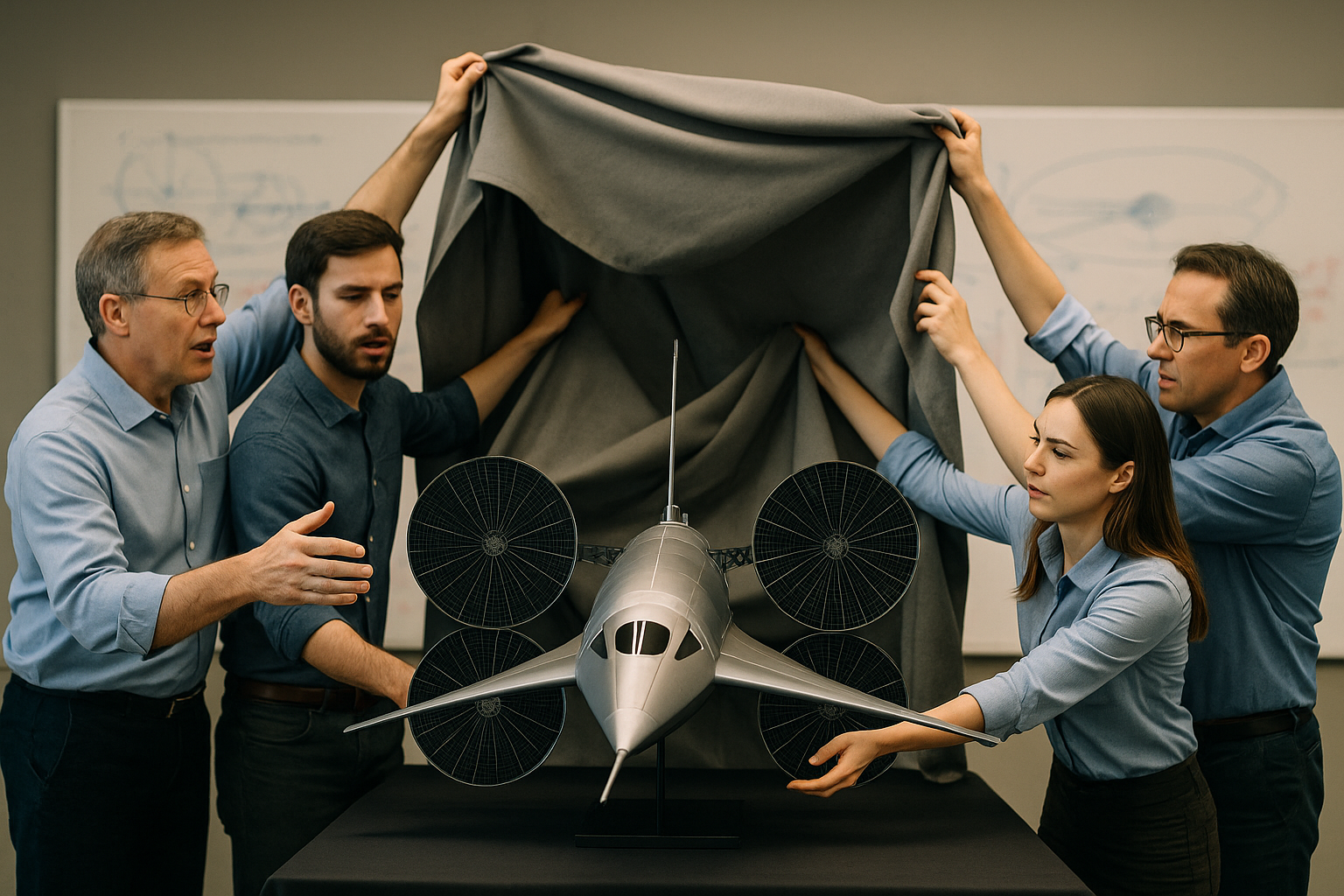
A team of engineers has revealed an extraordinary concept for a massive spacecraft named Chrysalis, designed to transport 2,400 passengers to Alpha Centauri, the closest star system to ours. This innovative idea recently secured the top prize at the Project Hyperion Design Competition, a challenge initiated by an international consortium of scientists, engineers, and urban planners.
Chrysalis stands out for its impressive scale and advanced design. The spacecraft is envisioned as a 36-mile-long vessel capable of generating Earth-like gravity by spinning around its axis. This rotation would create a stable habitat for its inhabitants during their interstellar journey. The design includes multiple layers resembling an onion, housing everything from living spaces and gardens to food production systems and communal areas, all powered by nuclear fusion reactors. However, it is important to note that nuclear fusion technology has yet to be practically achieved on Earth.
The spacecraft’s interior is divided into several autonomous stages, each serving a unique purpose. The core layer is dedicated to sustaining life, with spaces for plants, microbes, and livestock, alongside mechanisms for food production. Diverse environments, including tropical and boreal forests, are intended to support biodiversity. The second layer is reserved for communal spaces, while the third contains 3D-printed dwelling modules. The outermost layer functions as a warehouse for essential machinery and resources.
One of Chrysalis’s most intriguing features is the “Cosmos Dome,” a controlled, zero-gravity environment that offers thermal insulation and protection from deep space radiation. It also provides the only opportunity for inhabitants to experience weightlessness and view the universe outside.
The Chrysalis project highlights the growing interest in interstellar colonization as a response to Earth’s challenges, such as overpopulation and resource depletion. It also emphasizes the need for technological advancements, particularly in nuclear fusion and sustainable space habitats. While Chrysalis remains a theoretical concept, it pushes the boundaries of current engineering and scientific capabilities, sparking dialogue about the future of human colonization beyond our solar system.
Some content for this article was sourced from futurism.com.










